Most people are usually locked inside their houses during the night, ready to get the much-needed sleep, especially after an exhausting day at work. But for hikers, nightfall presents another opportunity to engage in a hobby they cherish. Contrary to what some people think, hiking at night is just as exciting as day hikes.
Hikers can find themselves on the trail as the sun sets, so you can trek at night without even planning for it. This usually happens when you get lost on the trail or get injured and can’t move at a fast pace. This article will look at night hiking tips that will help you hike better in the dark.
Before we start discussing the tips, it important that you understand why you need to hike at night, particularly if you have never done it.
Reasons for Hiking at Night
First, most people prefer trekking at night in some areas because of the warm weather during the daytime. When it’s too hot, hiking is usually less enjoyable as the heat sucks the energy out of you every time you take a step. Thus, many hikers prefer the cool temperatures of the night.
The second reason is that walking at night enables us to connect with nature more. Human beings are not nocturnal, so trekking in the dark enables us to develop senses such as hearing and seeing. Being alert is crucial if you are hiking in darkness.
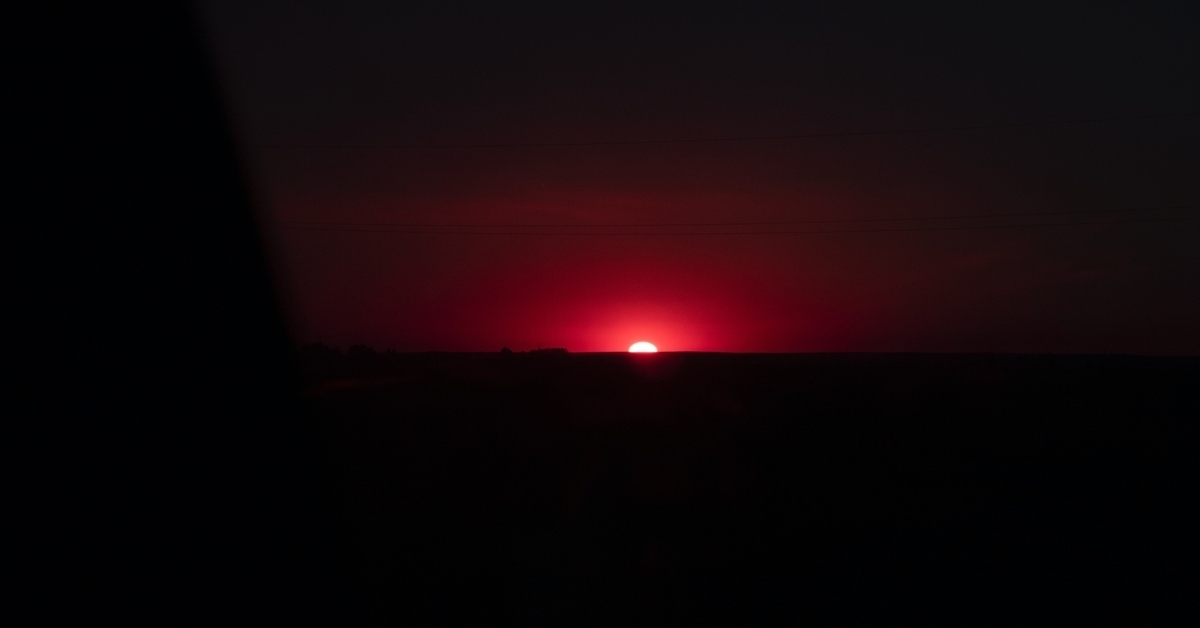
Lastly, hiking during the night provides an opportunity to experience something different. Using the moonlight and/or artificial lighting for navigation is exciting. Nights also provide sights such as starry skies and shooting stars, as well as wildlife. Check out other benefits of hiking.
Without further ado, let’s take a look at some tips for hiking at night.
-
Inform Someone of Your Plans
This is one of the most important things to do before setting out on a hike, even if you are an expert hiker. Tell someone that you will be hiking at night. Include details such as the area you will be hiking in, and the time you should be back. The person you tell can be a close friend or family member.
This is not to say that night hikes are dangerous. You never know what might happen to you on the trail. You could get injured or attacked by an animal and require urgent medical help.
When someone knows your arrival time, they will always alert the authorities if you take too long. Another trick you can use is to place a note in the windshield with details like phone number and when you will be back.
-
Bring Enough Lights
Carrying enough lights is critical, especially if you go out on a moonless night. Ensure you have a headlamp or flashlight. Headlamps are great because they are hands-free. If you’re hiking with kids, they’ll love them.
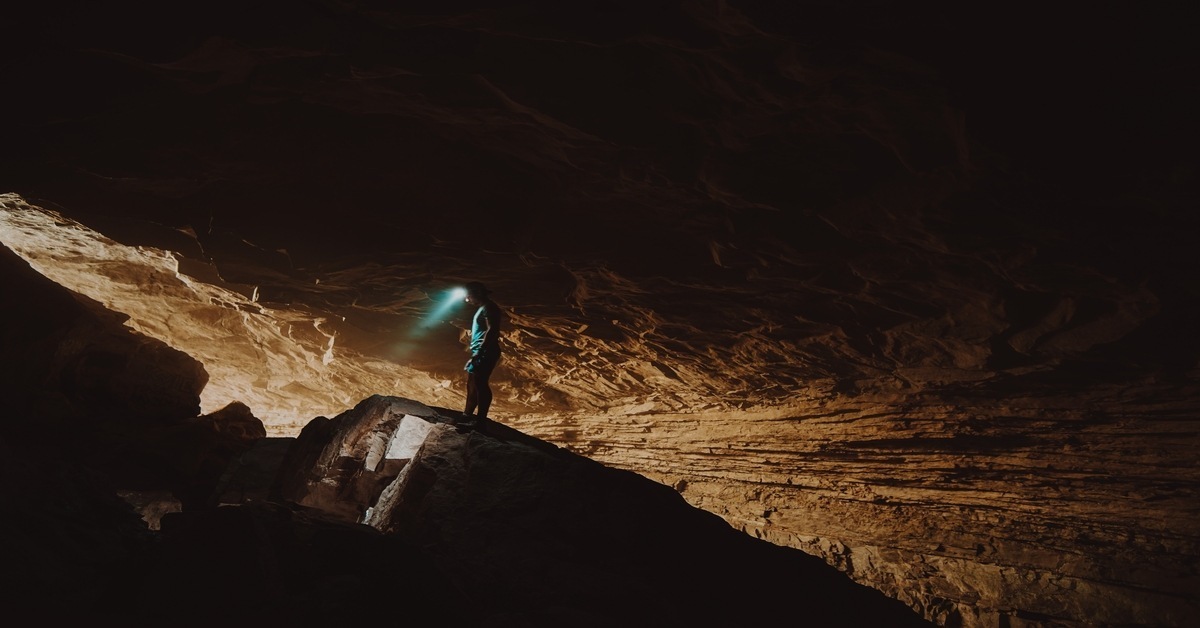
Most people usually go for headlamps or flashlights with bright white light. But this might be a bad idea. Our eyes are more sensitive to white light so get headlamps and flashlights with red light.
Learn how to operate the red light settings and tweak the brightness as you walk to increase your battery life. Also, pack enough batteries to ensure you are not left in the dark if the light batteries die out.
-
Carry Layers
When the sun takes a dip, temperatures go down as well. You may be tempted to leave out layers if you start hiking two or three hours before sunset. Check the weather forecast first before you set out, but I advise always having layers in your backpack. Look for lightweight options with reflective elements to make it easier for other hikers to spot you.
-
Stick to the Designated Route
Sticking to the trail is one of the most important things to do on a night hike. At night, your visibility is significantly reduced, so do not try to be adventurous. You never know what lurks in the darkness. If you are in a dangerous animal’s territory, you need to avoid trying new routes.
And it’s not just about dangerous animals. The new trail may not be suitable for walking. You might end up on a slippery surface, fall, and injure yourself badly. Not the best experience when hiking at night, right? Another reason why you should stick to the set path is to protect the environment. If every hiker tried a new path, soil erosion would be a major problem.
-
Join a Hiking Group
Hiking alone at night is a bad idea because you never know what might happen. You will be much safer when hiking in a group than when solo in the dark. For instance, if you get injured or get attacked by an animal, there will be people to help you.
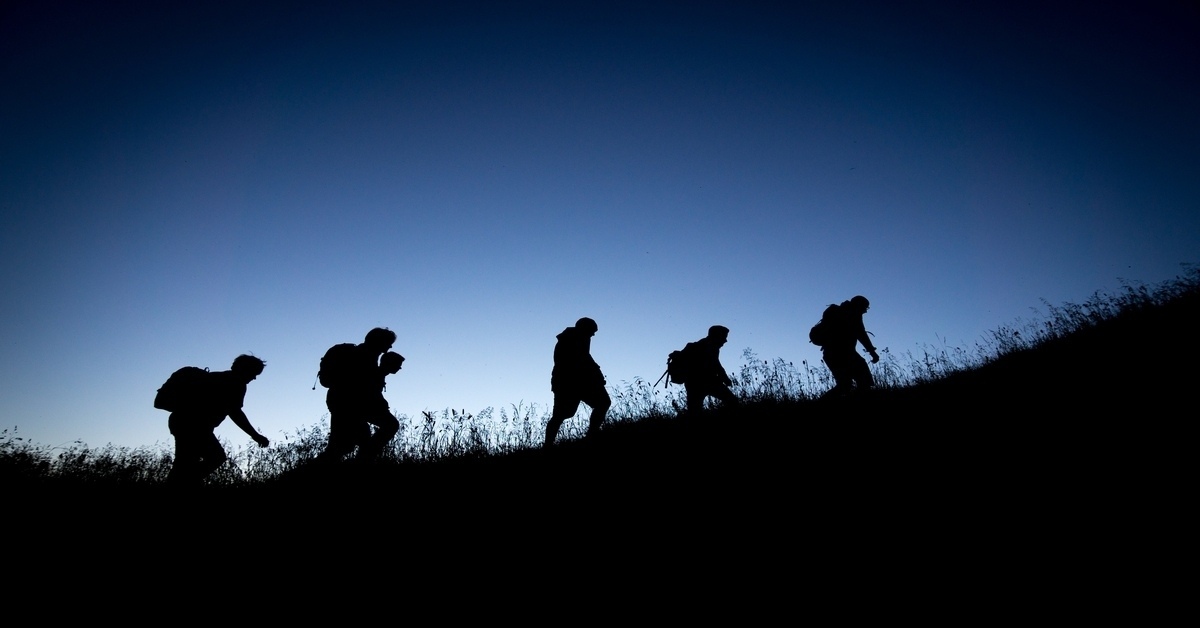
Note that most dangerous animals will avoid groups of people but might try their luck if it’s just you. Secondly, you will have extra gear if you are with other hikers. Your flashlight battery dies off? No worries, you can use other hikers’ lights. Look for local hiking groups online and offline if you’re not in some already.
-
Pick a Familiar Trail
If you are going to hike during the day, you can choose a completely new trail and have no navigation problems. But do not try this if you plan to hike in darkness. Pick a trail you have been to a couple of times during the day.
Getting lost at night isn’t fun. If it’s a new trail, you wouldn’t know which areas to avoid, so you’ll be putting yourself in danger. For a new trail, you need to hike it once or twice to know the paths.
-
Get Used to the Darkness
Contrary to popular belief, you don’t need to have your lights on throughout a night hike. Our vision isn’t as good as that of nocturnal animals, but that doesn’t mean we should walk with bright lights to illuminate the path.
It usually takes about 20-45 minutes for our eyes to adapt to the darkness so when setting out, keep your lights off. When your eyes adjust to the dark, you will see better, especially if there is a full moon.
-
Respect Other Hikers
Observing the environment around you at night is a wonderful experience. But that can be ruined by a flashlight or headlamp. We mentioned that it might take more than half an hour for your eyes to get used to the darkness.
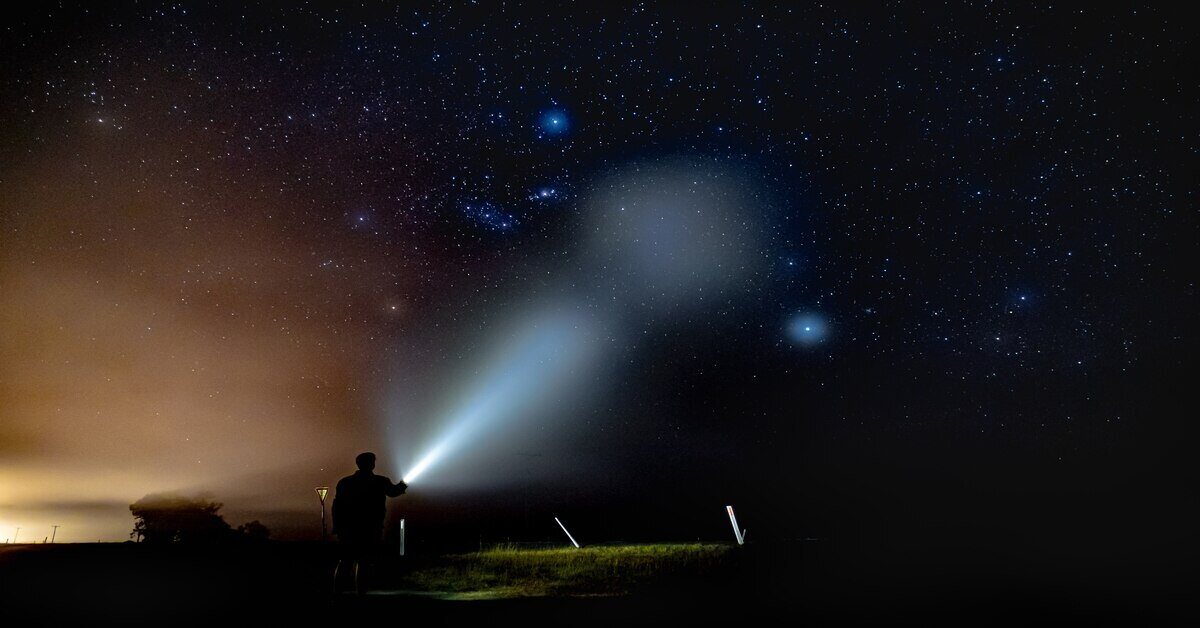
What if you look at a bright light? The process starts all over again, and many hikers find this annoying. So, when you come across hikers, switch off your lights and tell them to do so if they don’t. If they are unable to do so for any reason, look away, so your eyes are not affected. Only flip on your lights when it is necessary.
-
Understand Your Gear
Before going for the hike, ensure that all the things you carry are in good condition. You don’t want to have trouble with a headlamp that doesn’t work. In addition to that, please pack the items in a way that it will be easier to retrieve when you need to.
-
Use the Moon’s Cycle to Plan Your hikes
Hiking in pitch darkness is difficult even if you carry the brightest lights. It means you will always have to keep the lights on, which will negatively affect your vision. What’s the solution? Use the lunar cycle to plan your hikes.
Hike when the moonlight is sufficient. Also, ensure you check the weather before heading out because it’s not just the moonlight that can reduce your visibility. Fog or clouds can make it difficult to see even with lights.
-
Carry Water and Food
Yes, night hikes can be just as draining as day hikes. Nights are cooler than days, and you won’t need as much water, but hydration is still important. So, carry some water and some snacks to fuel you as you walk. Remember to wrap your food well and don’t throw remains on the ground as the smell could attract some animals.
-
Know the Local the Wildlife
Before going on a night hike, you need to understand what animals can be found on the trail. Is it mountain lions, bears, or snakes? You can then carry safety gear such as bear spray and antivenom.
When you encounter an animal, DO NOT disturb it. Have you ever been asleep, and someone woke you up with loud noises and pointed a flashlight on your face? Yes, that’s how it feels when you disrupt an animal’s sleep.
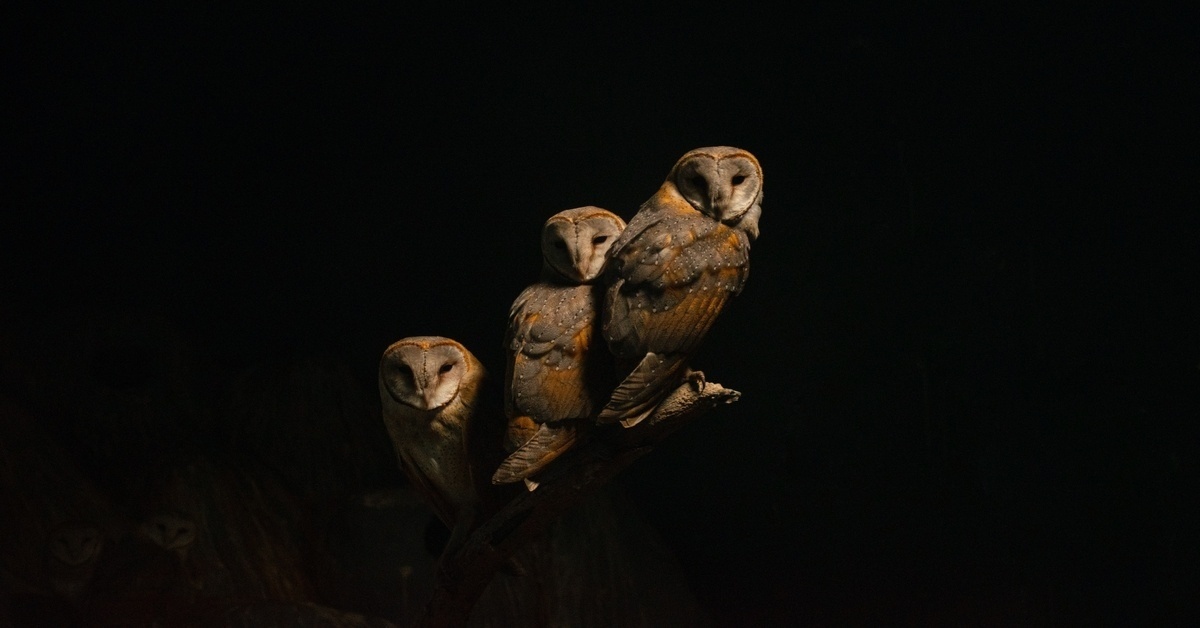
Take a look from a safe distance, and if you have to take a snap, do so from a safe distance as the flash may irritate the animal. Consider downloading a nighttime photography app to take quality pictures.
Remember that some animals are active and dangerous during the night. So, it would be wise if you don’t get too close or disturb them.
-
Walk Slowly
Walking fast at night is not a wise decision. Even with your flashlight or headlamp on, you may still miss some rocks or roots that can trip you. Walk at a pace that’s not too fast to observe everything on the trail. To ensure you don’t spend a lot of time on the trail, set out early, just before sunset. This way, even if you trek slowly, you will still get back on time.
-
Bring Matches
Many hikers do not carry matches or lighters at night. But this is a very important thing because circumstances can force you to stay in one place and you will need to keep warm. With a match or lighter, you will easily make a campfire.
-
Other tips
Ensure you carry the most important hiking gear. For instance, you can use trekking poles to help you keep balance, reduce your backpack’s weight, and hike faster. A glow-in-the-dark map is also useful.
Hiking at night is one of the most enjoyable experiences you can have. People who have hiked at night can attest to this. It may seem difficult, but you quickly get used to it. Remember to carry the right gear, stay safe, and be mindful of other hikers.


